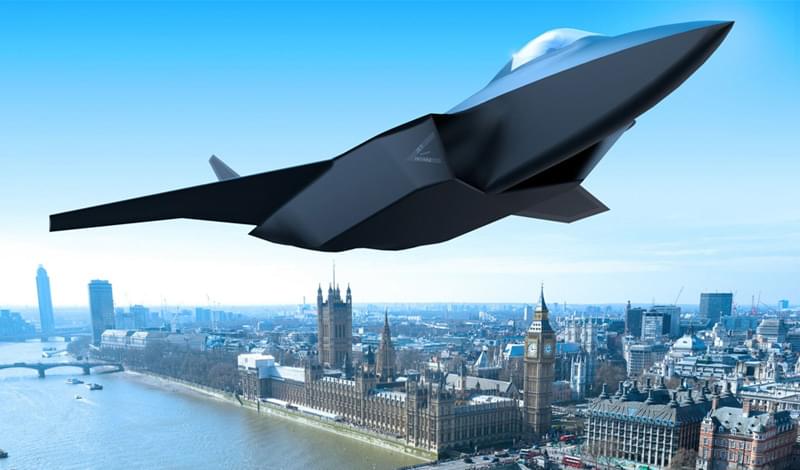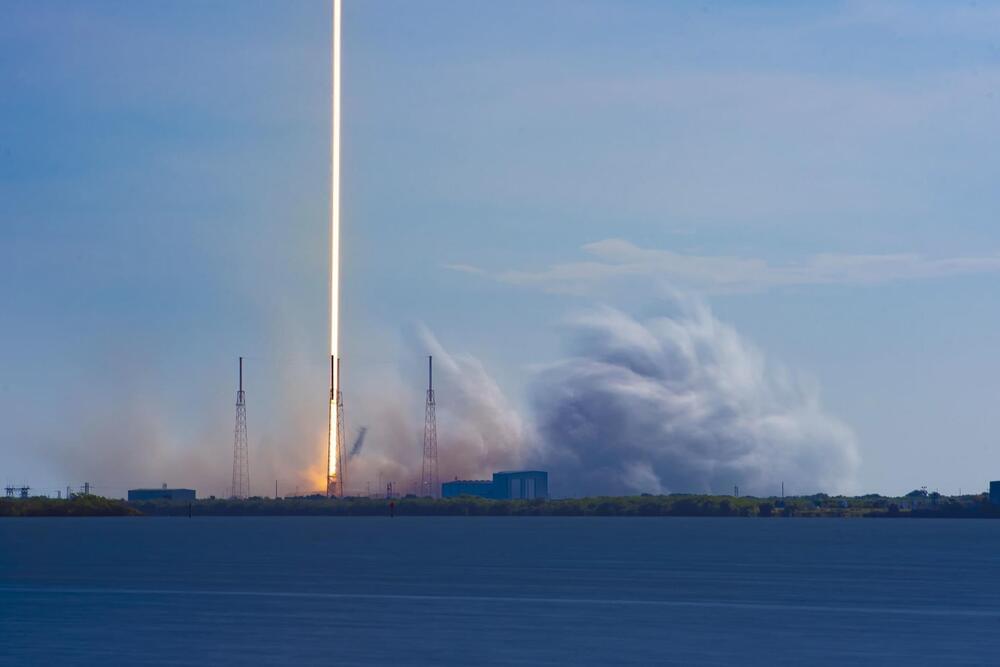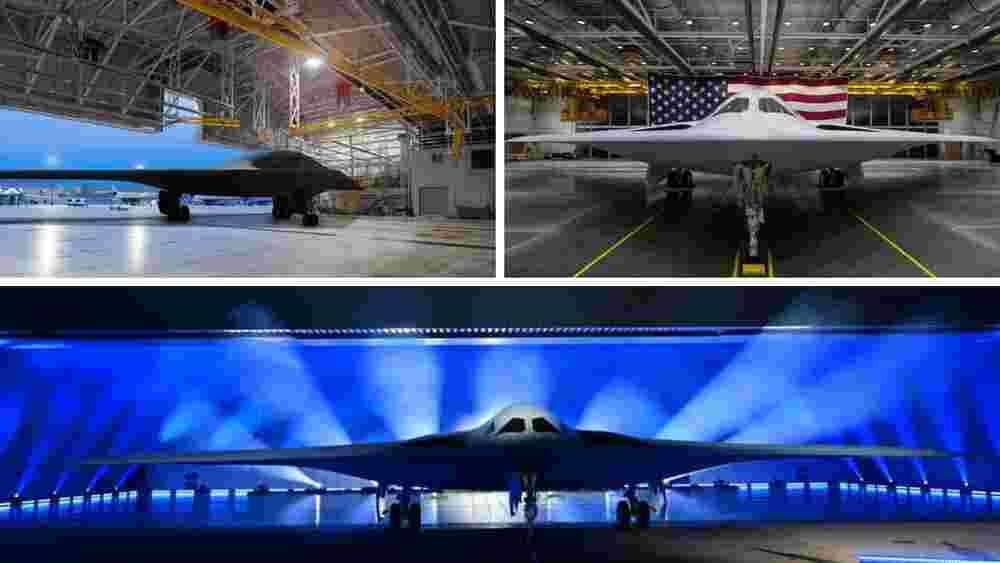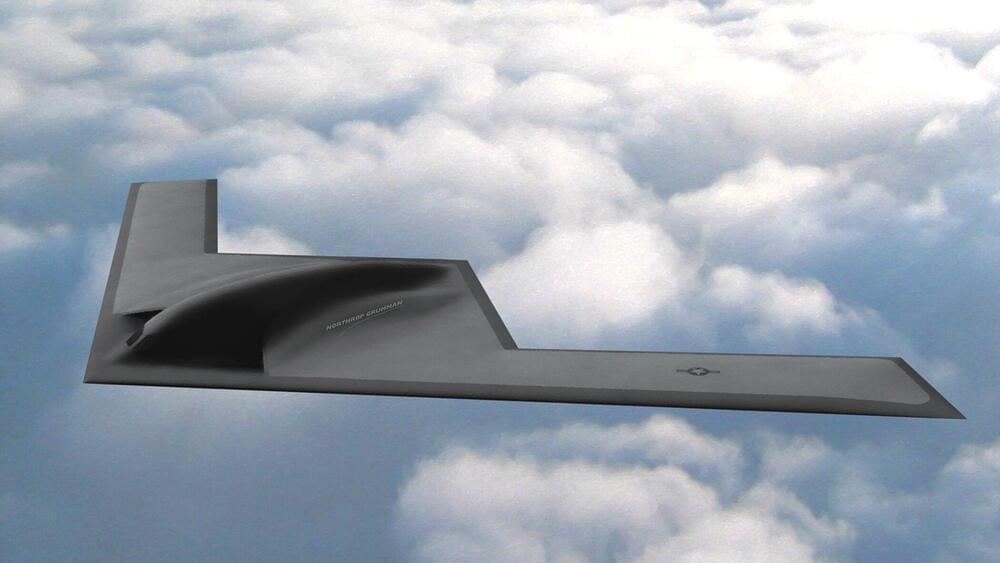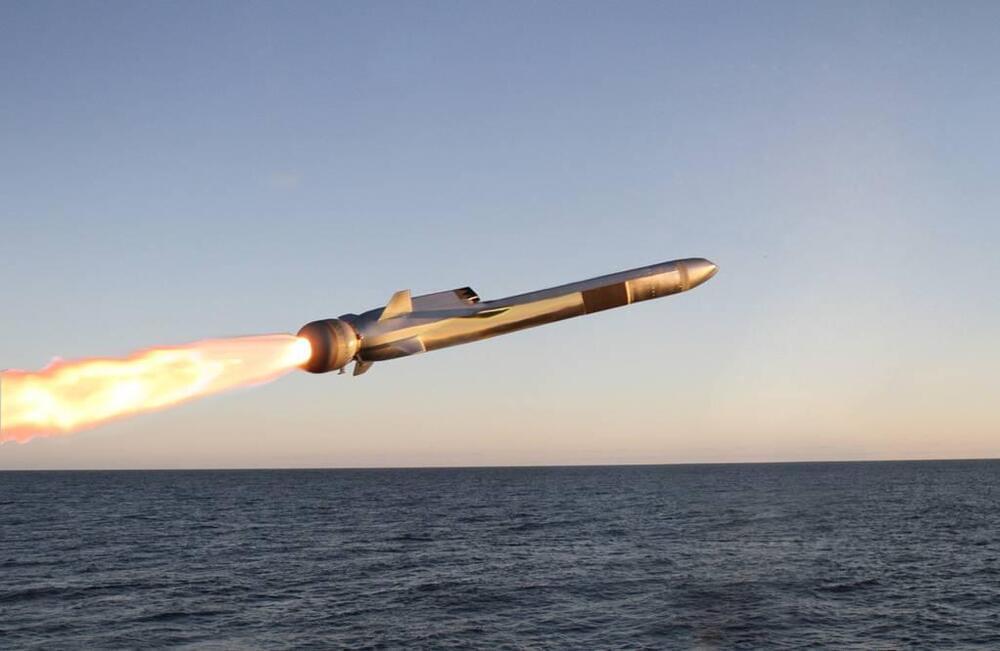According to press releases, it has now been confirmed that the UK will team up with Japan and Italy to develop a new 6th-generation jet fighter called “Tempest.”
Britain, Italy, and Japan said in a joint statement, as reported by Defense News, that they would be working together to create a new sixth-generation fighter. Before this release, there were rumors of such a project under the so-called Global Combat Air Programme (GCAP), but nothing more was known beyond the fact that the partners wanted to have the fighter ready by 2035.
According to the BBC, it is anticipated that the new “Tempest” fighter, as it has been called, will also be able to carry the latest in advanced weaponry.
BAE Systems.
Work has already started on making a combat plane that is fast, quiet, has cutting-edge sensors, and can even use artificial intelligence to help pilots when they are overwhelmed or under a lot of stress. It might also be able to fire hypersonic missiles and fly without a pilot if needed.
